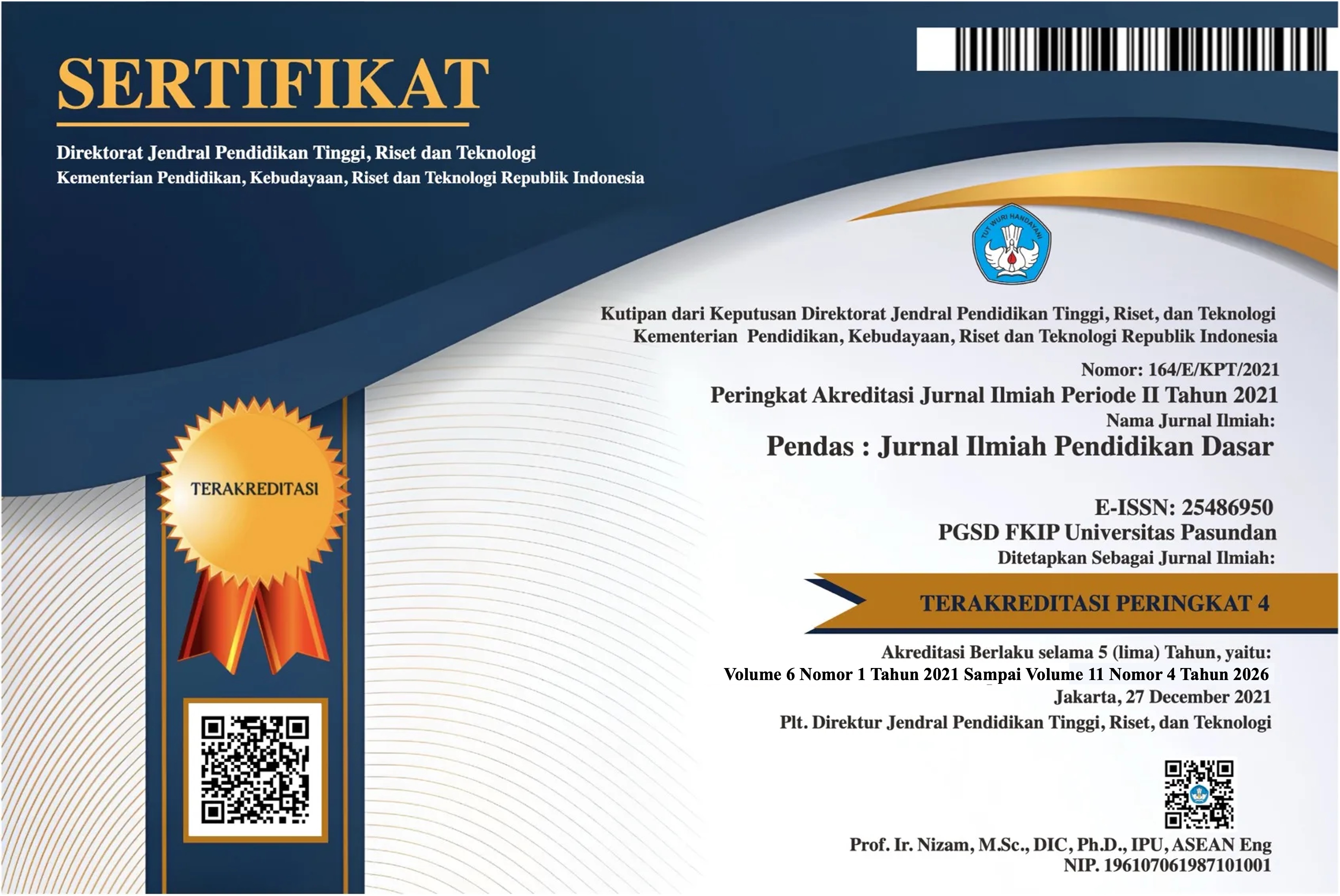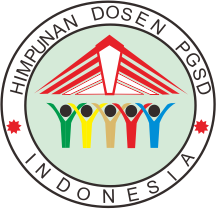MAPPING THE GLOBAL LANDSCAPE OF STEM EDUCATION RESEARCH: A BIBLIOMETRIC ANALYSIS OF SCOPUS PUBLICATIONS (2010–2024)
DOI:
https://doi.org/10.23969/jp.v10i03.33503Keywords:
3-Dimensional Media, Thematic Teaching Materials, Books About The Solar SystemAbstract
This study explores the global research landscape of STEM education using a bibliometric analysis of publications indexed in Scopus from 2010 to 2024. A total of 1,148 documents from 466 different sources were analyzed with the support of VOSviewer and Biblioshiny to examine publication trends, productivity indicators, and keyword co-occurrence networks. The results reveal a steady increase in research output, beginning with fewer than 50 documents in 2010 and reaching more than 250 publications by 2024, which reflects the growing recognition of STEM education as an important area of academic inquiry. Productivity analysis shows that the United States is the most dominant contributor, particularly through institutions such as Texas A&M University and Purdue University, while significant contributions also come from China, Hong Kong, Malaysia, and Australia. At the author level, scholars such as Li Yeping, Morris Siu Yung Jong, and Lyn D. English are identified as influential in advancing the field. The keyword co-occurrence analysis identifies five thematic clusters, namely pedagogy and curriculum, technology integration, equity and sustainability, disciplinary approaches, and learning outcomes. These findings demonstrate that STEM education has become a multidisciplinary and collaborative field of research that is both pedagogically grounded and responsive to societal challenges, offering valuable insights for future research and policy.
Downloads
References
Li, Y., Wang, X., & Zhang, J. (2023). Global research on STEM teacher education: A
bibliometric review. Frontiers in Psychology, 14, 1122334.
https://doi.org/10.3389/fpsyg.2023.1122334
Marginson, S. (2022). The worldwide trend to STEM and its implications. Higher
Education, 83, 1–20. https://doi.org/10.1007/s10734-021-00751-5
Moral-Muñoz, J. A., Herrera-Viedma, E., Santisteban-Espejo, A., & Cobo, M. J.
(2020). Software tools for conducting bibliometric analysis in science: An up-
to-date review. Profesional de la Información, 29(1), e290103.
https://doi.org/10.3145/epi.2020.ene.03
Perignat, E., & Katz-Buonincontro, J. (2019). STEAM in practice and research: An
integrative literature review. Thinking Skills and Creativity, 31, 31–43.
https://doi.org/10.1016/j.tsc.2018.10.002
Rojas–Galeano, S., Posada, J., & Ordoñez, E. (2022). A Bibliometric Perspective on
AI Research for Job-Résumé Matching [Review of A Bibliometric Perspective
on AI Research for Job-Résumé Matching]. The Scientific World JOURNAL,
2022, 1. Hindawi Publishing Corporation.
https://doi.org/10.1155/2022/8002363
Swacha, J. (2021). State of Research on Gamification in Education: A Bibliometric
Survey. Education Sciences, 11(2), 69.
https://doi.org/10.3390/educsci11020069
Wang, Y., & Wang, L. (2023). Emerging topics in STEM education research: A
bibliometric perspective. Sustainability, 15(2), 1176.
Downloads
Published
Issue
Section
License
Copyright (c) 2025 Pendas : Jurnal Ilmiah Pendidikan Dasar

This work is licensed under a Creative Commons Attribution 4.0 International License.



















